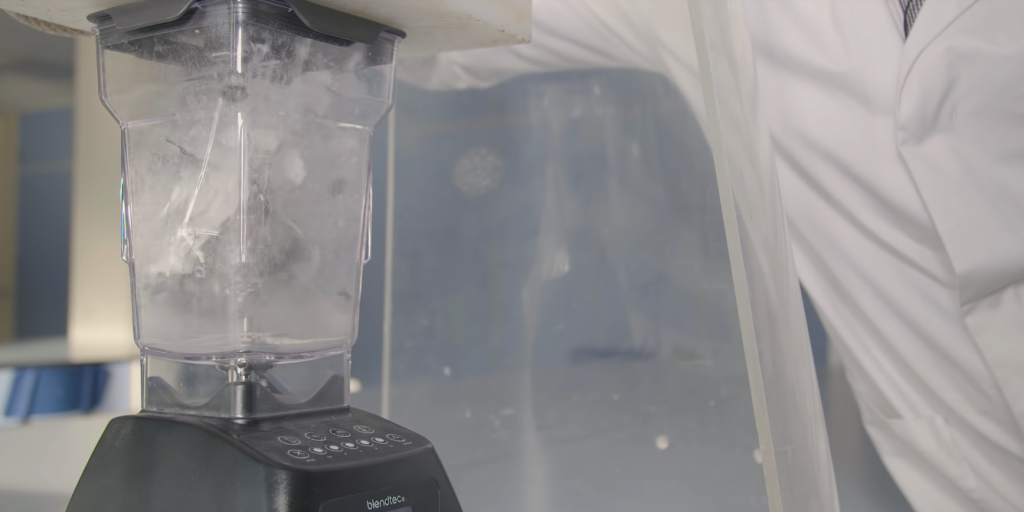Sticking technology inside a blender and liquifying it (as much as you can liquify expensive sand) is a time-honoured internet tradition. Whether it’s for a form of guerrilla marketing or just because folks have been chasing YouTube views, blenders and tech go together like Facebook and misuse of personal information.
It’s not often that we see the trick used for a more-or-less serious purpose. That’s just what scientists at the University of Plymouth have done.
Specifically, they lobbed an iPhone into a (very well shielded) blender with the main aim of reducing it to bits. Those bits were then used for various experiments to determine which elements a smartphone contains. Silicon, iron, carbon and calcium make up the lion’s share of your average smartphone but there are some more esoteric bits inside them as well.
Elementary smartphone assessment
Bits like Indium, Cobalt, Neodymium, and Dysprosium, among other elements. And, of course, gold and silver. There’s more than one reason why Apple’s so keen on recycling its old tech. It may have a lot to do with getting back some of the more hard-to-locate (and expensive) bits for the next round of devices.
The video’s about more than zapping an iPhone in a blender, obviously. You’ll also get some idea of just how much of each main smartphone element is used in the smartphones produced annually. All handily visualised on your standard-sized football pitch. Because science. 48 kilotons of iron and 19 kilotons of silicon? Yeah, that’ll score you quite a few smartphones (but you’re going to need a few other pieces as well).
There’s a longer report from the university about what all of these measurements mean. The experiment is partly an examination of which elements (typically tungsten and cobalt) come from ‘conflict zones’ zones around Africa. It also details how much ore is shifted in order to create a typical phone. See? Science.
Source: University of Plymouth (YouTube)




